The Article
E30 DAC & Pre Amp From Topping
21st May 2020
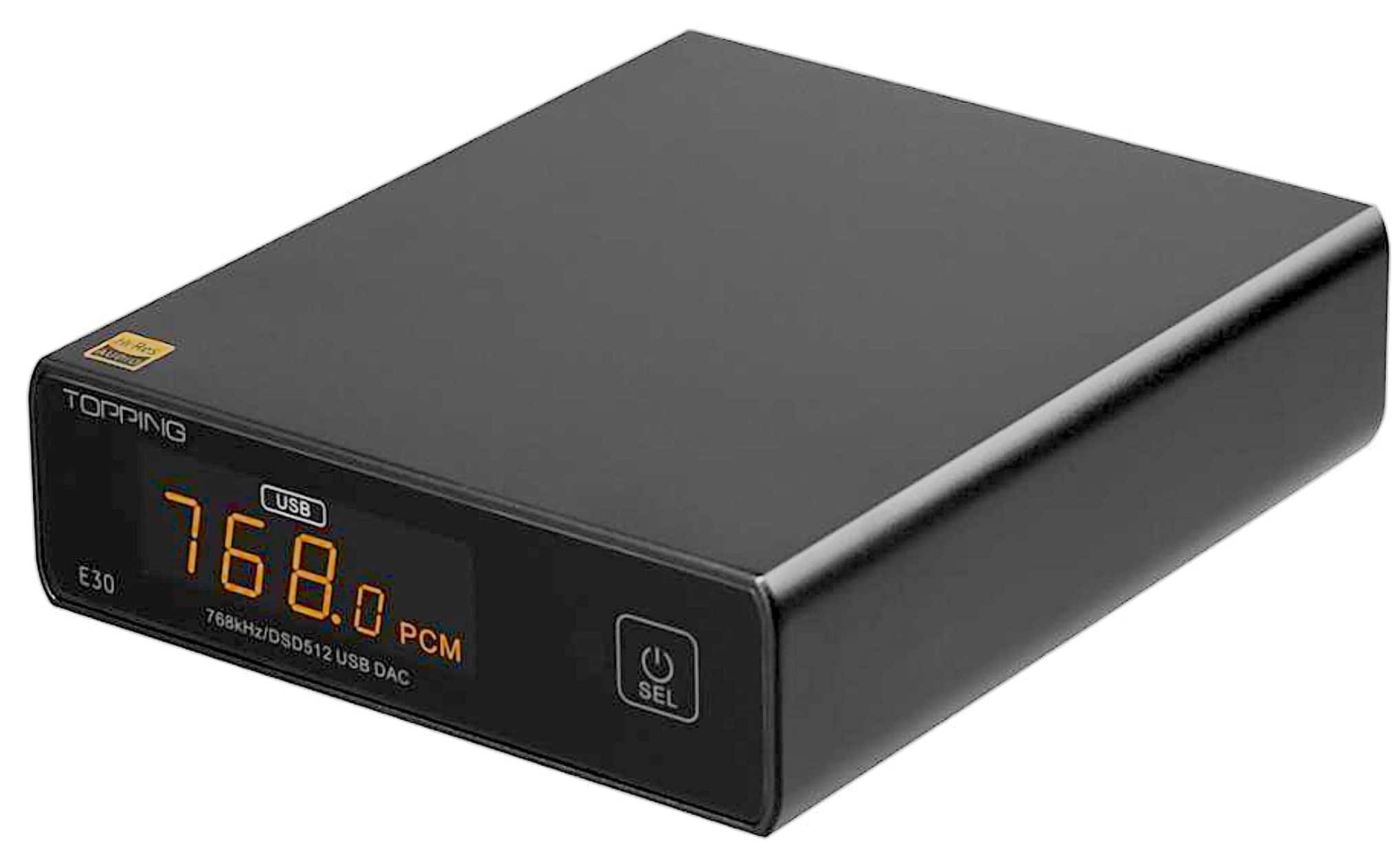
It’s a dinky little thing and arrives with an added pre-amp facility, Paul Rigby reviews this low-cost DAC
Topping seems to have descended upon the hi-fi firmament with little or no fanfare. Once day there was no Topping, the next I’m seeing the name talked about on every major techie social media platform on the planet.
There doesn’t appear to be a great deal of information on the company out there – although maybe you know different and can share it. From what I can see, the company is located at 26th Jiaomen Road, Huangge, Nansha, Guangzhou, China while it declares that, “TOPPING is the top.” Which makes up in brevity what it lacks in insight but it looks like the outfit has been around, in one form or another, since 2008.
The E30 is a DAC with pre-amp facilities stuck on for good measure. Spanning 100 x 32 x 125mm, this lightweight unit includes a 32bit AK4493 DAC chip from AKM, featuring ‘Velvet Sound’ (i.e. low distortion) technology, taken from the flagship AK4499 chip. The AK4493 integrates a newly developed switched capacitor filter “OSR Doubler” which, according to AKM, offers a low noise, low power performance.
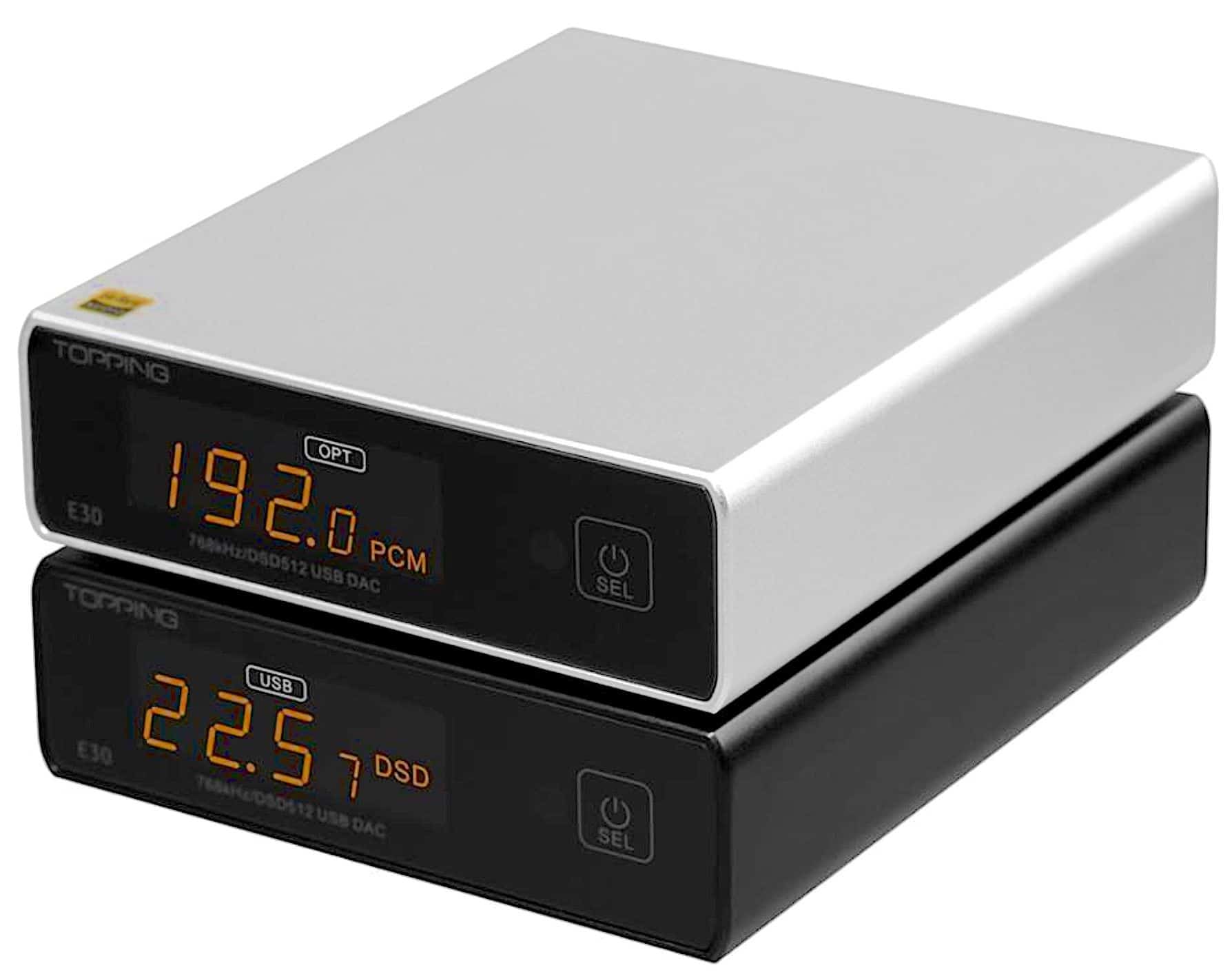
There are six digital filters included here too, which I’ll address in more detail during the sound tests. This sort of thing is a fashionable addition to many modern DACs.
The 32bit performance can reach the heady heights of 768kHz PCM and 22.4MHz DSD data (native DSD512 and DoP DSD256 support).
USB uses a second generation XMOS XU208 USB interface that is also able to support up to 32bit/768kHz and optical/coax input signals are handled by a AKM AK4118 receiver ranging up to 24bit/192kHz.
Topping call this box a ‘hot hatch’ (I really need to meet the company’s marketing department. I’m sure that’d be fun). Even though it runs cool and there’s not a hatch in sight. And it doesn’t threaten any speed limit I’m aware of…unless the digital signal support figures are what it’s getting at.
Power is provided by a barrel plug with, on the other end, a USB plug for mobile computer power. You can, if you wish, add a mains USB plug to add power direct from the wall.
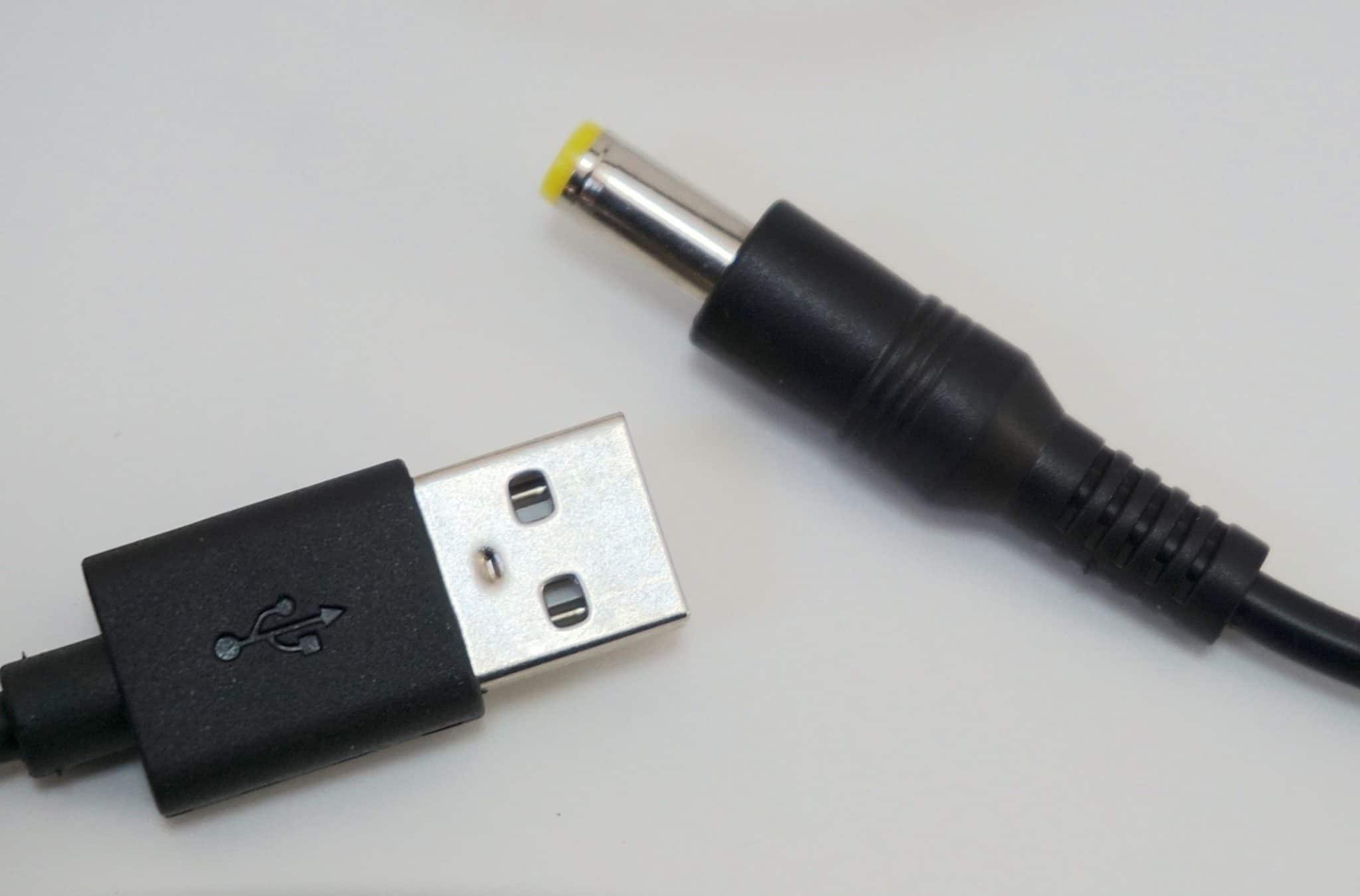
Even though the E30 can fit in a palm of your hand, its back panel is packed with commonly used inputs. In addition to those listed above, you’ll find a pair of RCA outputs. The front panel is in turn clean and minimalist, it has a relatively large OLED display and a multi-function touch power/standby button that can also be used to switch the active source depending on how long you press the thing.
An auto on/off function switches to a stand-by mode when it detects a continuous loss of signal for at least one minute. Once any signal is detected again, it will turn on and automatically switch to the input that’s receiving the signal.
A built-in volume control function allows you to adjust the volume from -99dB to 0dB with the included remote control. That remote also offers controls for power, track change, mute, volume, screen brightness and a filter change button. The latter is an excellent and not very common addition. Some very expensive DACs I know need such a button on their remotes.
The little E30 is available in black or silver.
SOUND QUALITY
Firstly, let’s look at the E30 as a pre amp. To test this, I connected it to a pair of YU4 powered speakers from Kanto and played Bob Marley’s Jamming via an Astel&Kern AK120. Output was rather unbalanced, bass heavy with rather bloomy bass at that. Mids were claustrophobic, treble was rolled off while the soundstage was restricted and stuffed full of cotton wool. In pre-amp mode? No. Don’t go there.
So I took a deep breath and turned to the DAC instead.
To begin, I grabbed an Audiolab 6000CDT CD transport and connected it to the transport via coax and played Leo Kottke’s Great Big Boy CD, highlighting his complex finger-picking guitar technique.
The sound was intriguing because I did hear a slight edge around the upper mids. Something that became accentuated with added gain.
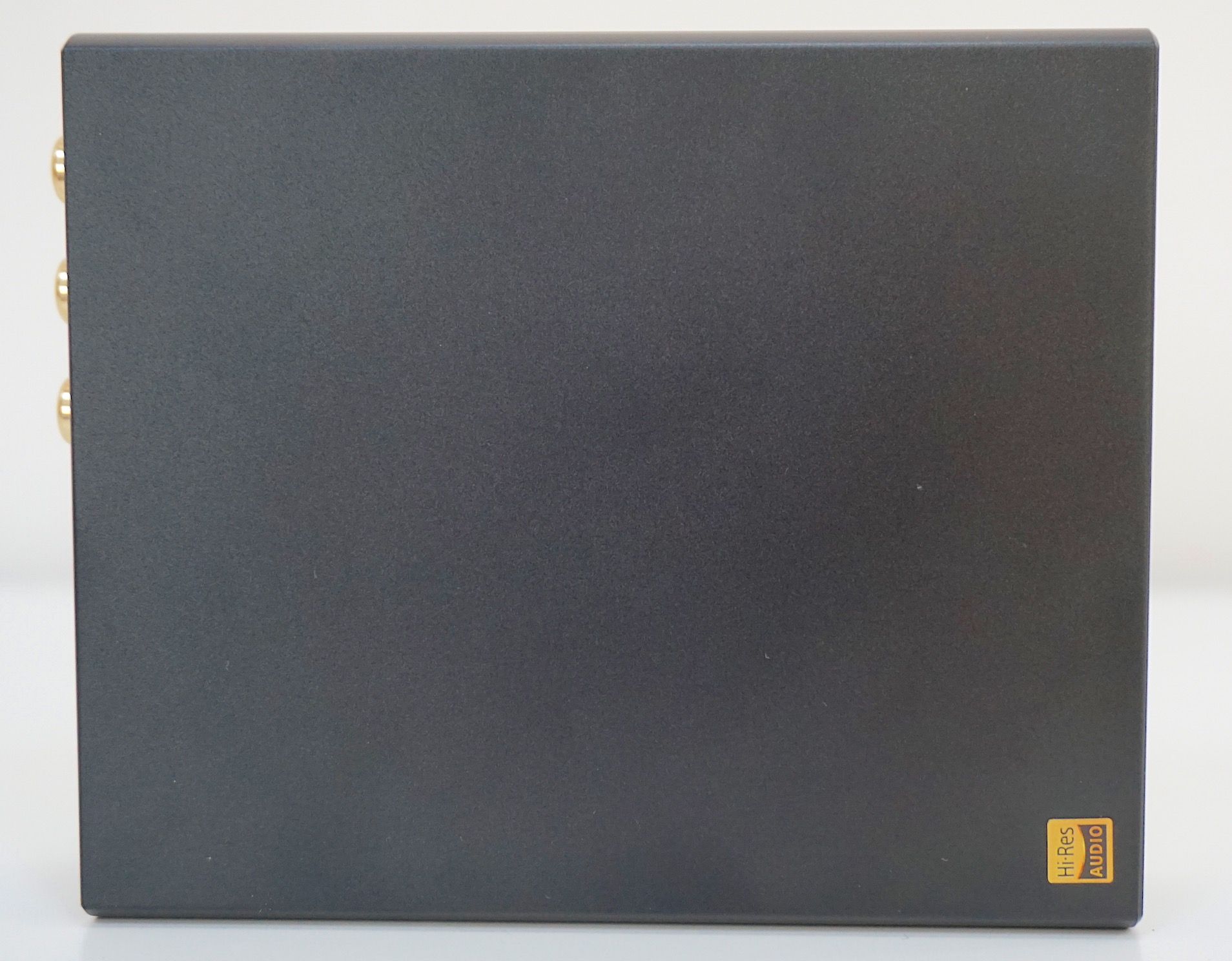
Apart from that, I was impressed with a focus around the same upper-mid area. The Kottke vocal offered his signature, Johnny Cash-like, rough texture that supplied plenty of emotion and subtle emphasis. Hence, the delivery of detail was successfully achieved via the E30.
In fact, all of the instruments were easily tracked by the ear here whether that be main percussion via drums or secondary via the likes of the subtle maracas interjections plus rimshots and xylophone.
OK, let’s pause for a second here and step back from this review.
Why? Because everything you’ve read above in the DAC sound test was coloured by a filter. That is the sound, thus far, was being pushed through the DAC’s default filter setting. That default was called Short Delay Sharp Roll Off.
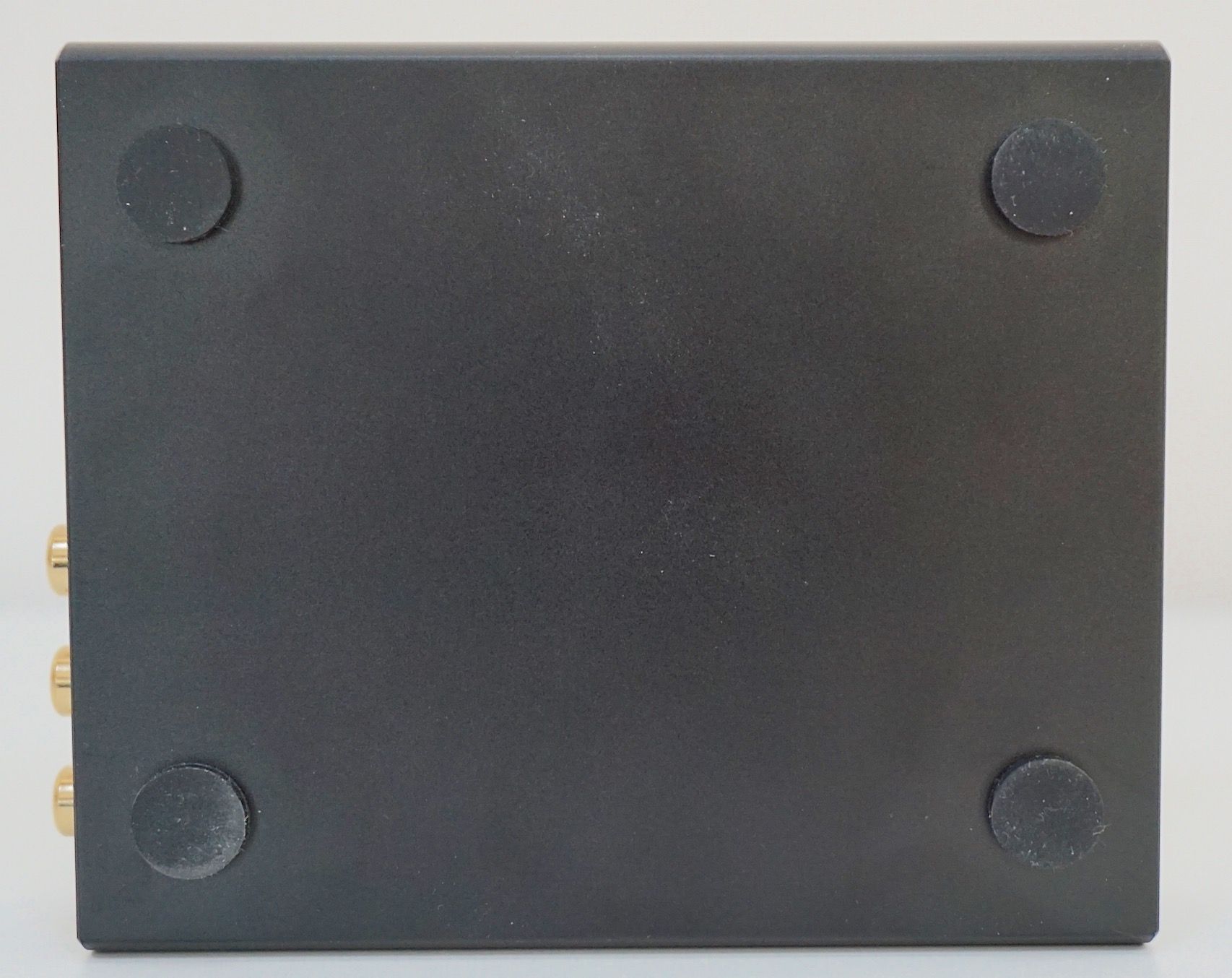
So, I decided now was the time to rotate that list and find the best filter to enable me to carry on with the rest of the sound tests. The reason? Because you can’t turn off the filter. You have to go through one of them. So, my first task was to find the best one.
I thus changed from Short Delay Sharp Roll Off to Short Delay Slow Roll Off.
I much preferred the latter which removed that irritating midrange edge, added a touch of space and air and allowed an element of reverb to hang off the lead vocal and the backing instruments. Notable highlights were the airy nature of the Hammond organ and the more ringing metallic sounds from the guitar.
Next on the list was Super Slow Roll Off. This filter was fine but not quite as detailed as the Short Delay Slow Roll Off option. I felt that clarity was dimmed a touch too.
Next was Low Dispersion Short Delay Filter which sounded comparatively flat. Inoffensive and friendly it was but it also lacked definition and insight in the mids while bass was a little soft.
Onto the next filter, Sharp Roll Off, which was a mite too compressed for my liking.
The last option was Slow Roll Off. This was better but there was still some brittleness around the placing go guitar strings.
In short? I preferred Filter 4, Short Delay Slow Roll Off which, at least to my ears, presented the most balanced and neutral sonic presentation.
As an aside, I wish there was a Filter Off option on this and other filters currently plastered over modern DACs. The proliferation of filters in and around DAC chips without a disabling option doesn’t help when trying to settle on your preferred sonic type. I wonder, even though I preferred the Short Delay Slow Roll Off filter, if there was a Filter Off option, something flat in sonic presentation, if the sound would be further improved?
And before we progress, one tip if you ever demo a DAC at a hi-fi dealer. Make sure you ask what filter you’re listening to. You may be mistaken in thinking that the current sound output is all there is – ask the dealer and check in case an unfriendly EQ is in operation. Hence, if you ever demo a DAC and dislike the sound, make sure you find out if all your objecting to is a mere filter.
Finally, back to the E30, if Filters have to be part of a DAC’s life, I again applaud the inclusion of a Filter button on the remote. This is an essential addition. Many other, more expensive DACs, demand that you select a filter from an awkward front fascia control.
I then turned to optical and connected my Astel&Kern AK120, again playing Bob Marley’s Jamming at 24bit/96kHz.
I’ve sometimes find optical connections to be a tad noisier than coax and that was the result here. Saying that, noise wasn’t overly intrusive and actually exhibited itself as slight ‘emphasis’ instead of anything too intrusive. The optical effect added just a slight – and I mean slight – solid state hardening to the overall presentation. Hence, there was a slight fizz in and around the treble. That said, in some ways, this effect increased the pace of the music because bass offered impact and solidity. The spacious soundstage helped to keep the effect from detracting from the overall music.
I then connected the E30 to my MacBook via USB and played Eric Bibb’s Meeting at the Building at DSD128 via Audirvana Plus.
My first impression here was the low resultant noise, at least in relative terms to to the other inputs available on the E30. This track offered a rather epic soundstage, being both wide and high and offering plenty of space with the complex and busy presentation, full of voices and instruments, spaced and and uncluttered. I was able to up the gain by several clicks here without any listening fatigue, enabling me to access even more information than usual.
One extra note, I did notice that one reviewer on YouTube complained of sound drop outs at DSD64. I tested this track at DSD64 and found no ill effects here. The track played perfectly. Whether that’s because I benefitted from a more recent firmware upgrade or because of some other reason, I’m not sure but be aware that DSD64 should perform fine. At least it did for me.
In PCM terms, via USB, I played Sonny Rollins’ St Thomas at 24bit/96kHz and the low noise performance was retained, so that aspect wasn’t just a DSD effect, this PCM track followed suite. Detail was similarly abundant here with plenty of good clarity on offer.
CONCLUSION
Used as a DAC only and at this price? The Topping E30 offered a goodly selection of features and, as a DAC, performed as well as or better than similar units of twice the price, the E30 is a dinky marvel that features a small footprint and is perfect for any budget hi-fi set up. Spend a bit of time getting the right DAC filter for you in place, one that is suitable for your ears and sonic tastes and you’ll have tremendous fun with this box that offers excellent value for money.
TOPPING E30 PRE/DAC
Price: £107.40
Website: hifigo.com
TO BUY CLICK HERE:
USA – https://amzn.to/34MWAJF
EUROPE – https://amzn.to/3mLGFBk
GOOD: price, small footprint, feature set, general sound quality
BAD: pre-amp, no Filter off option
RATING: 8
[Don’t forget to check out my new Patreon Page at www.patreon.com/audiophileman, for exclusive postings, giveaways and more!]
REFERENCE
Apple MacBook
Astell&Kern AK120
Tellurium Q & QED cabling

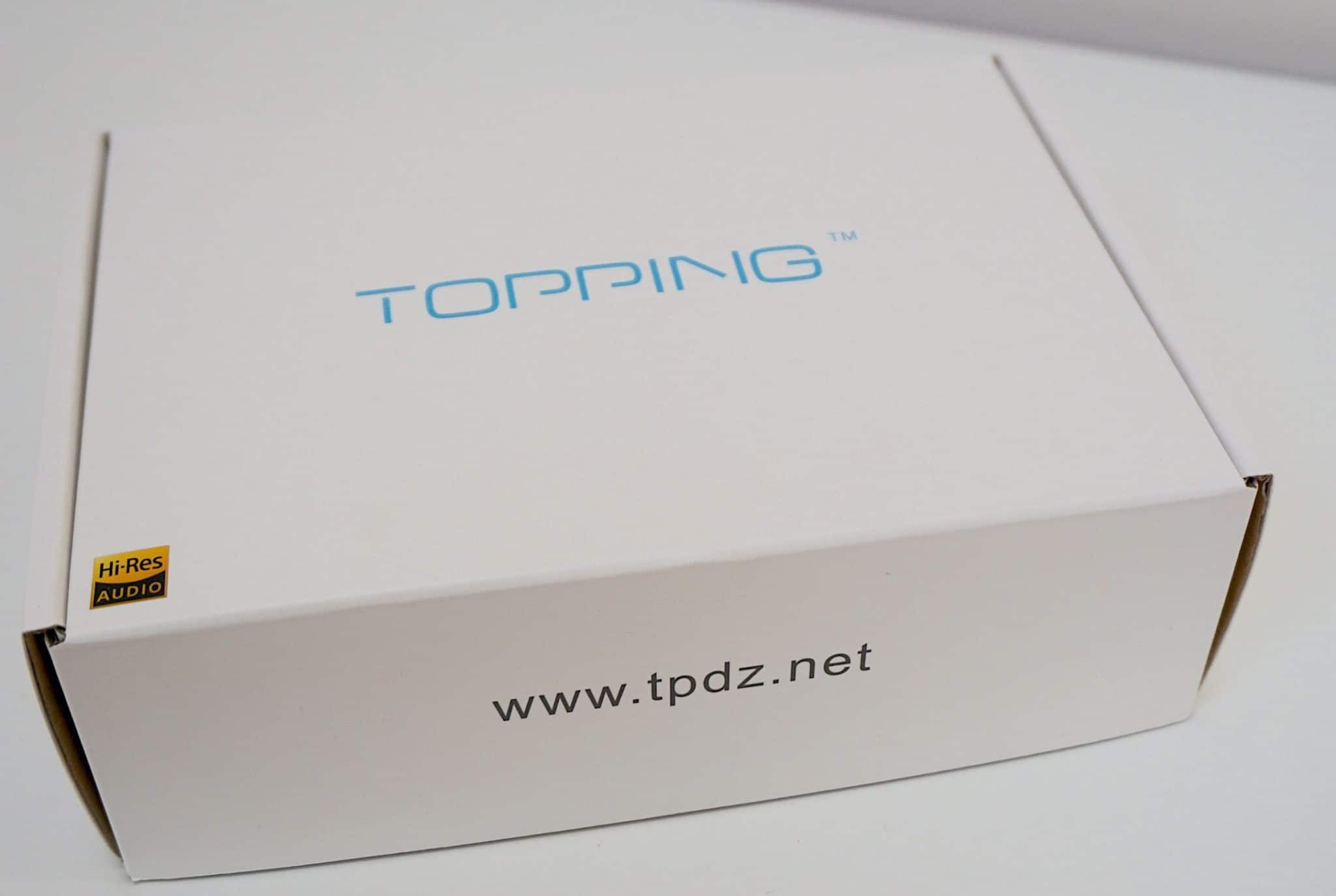
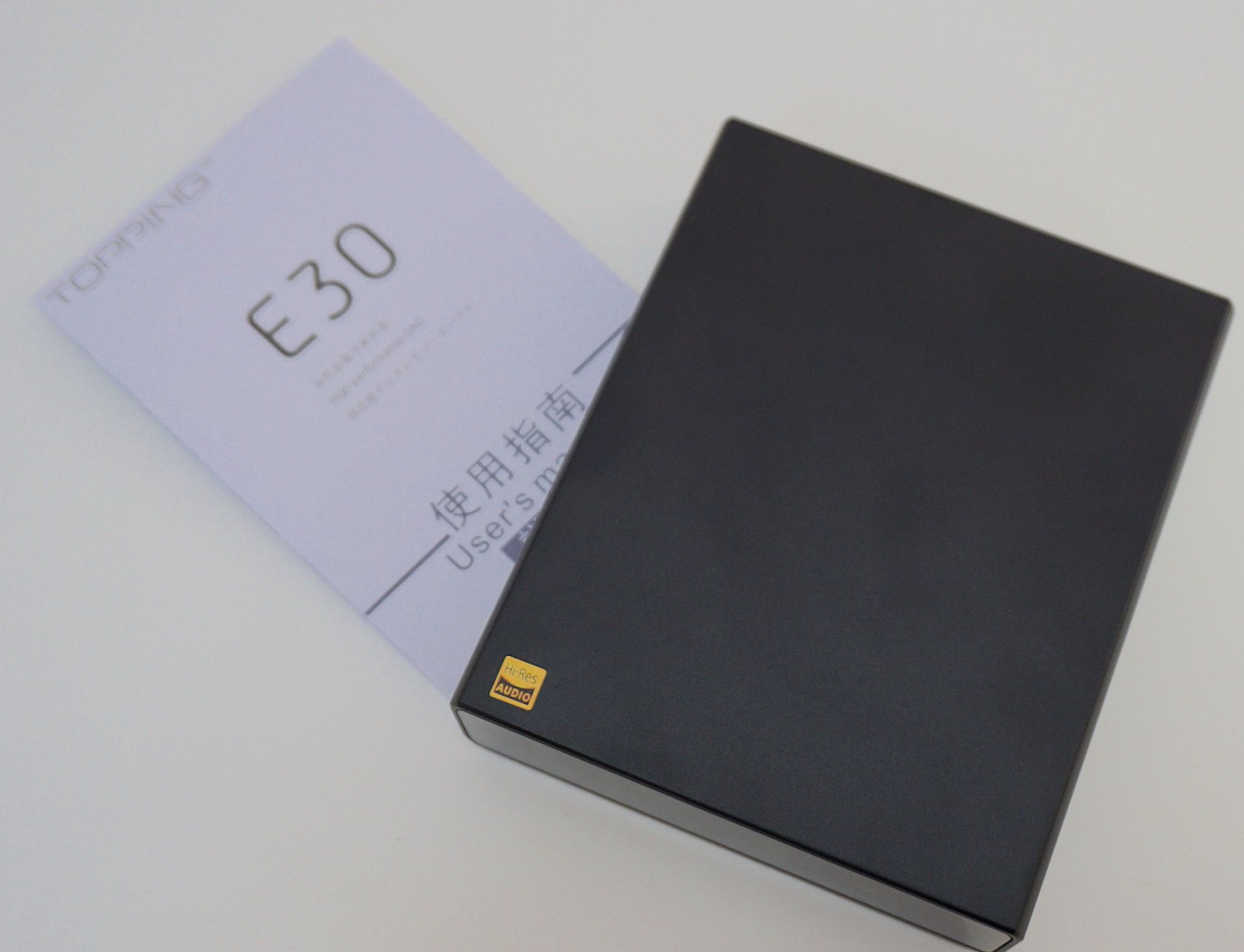
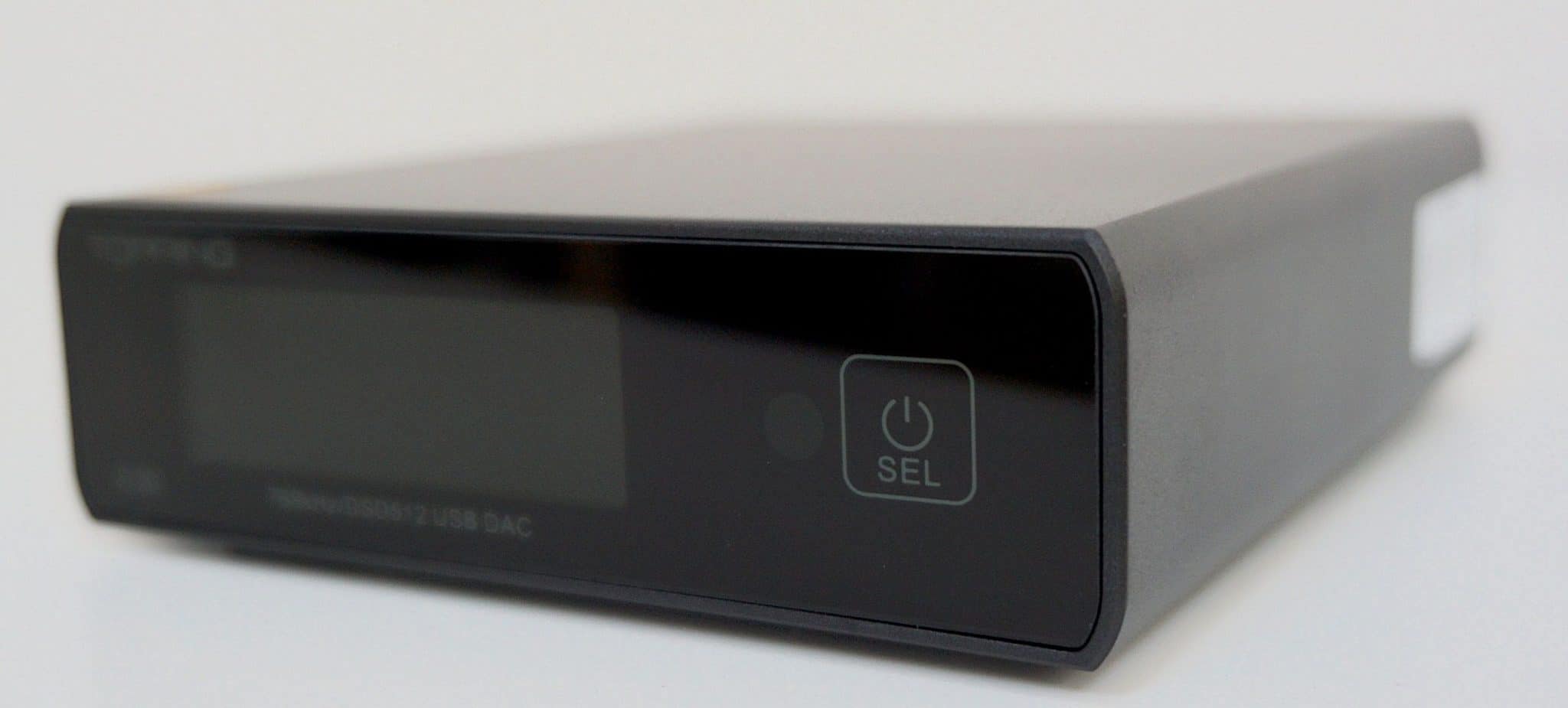
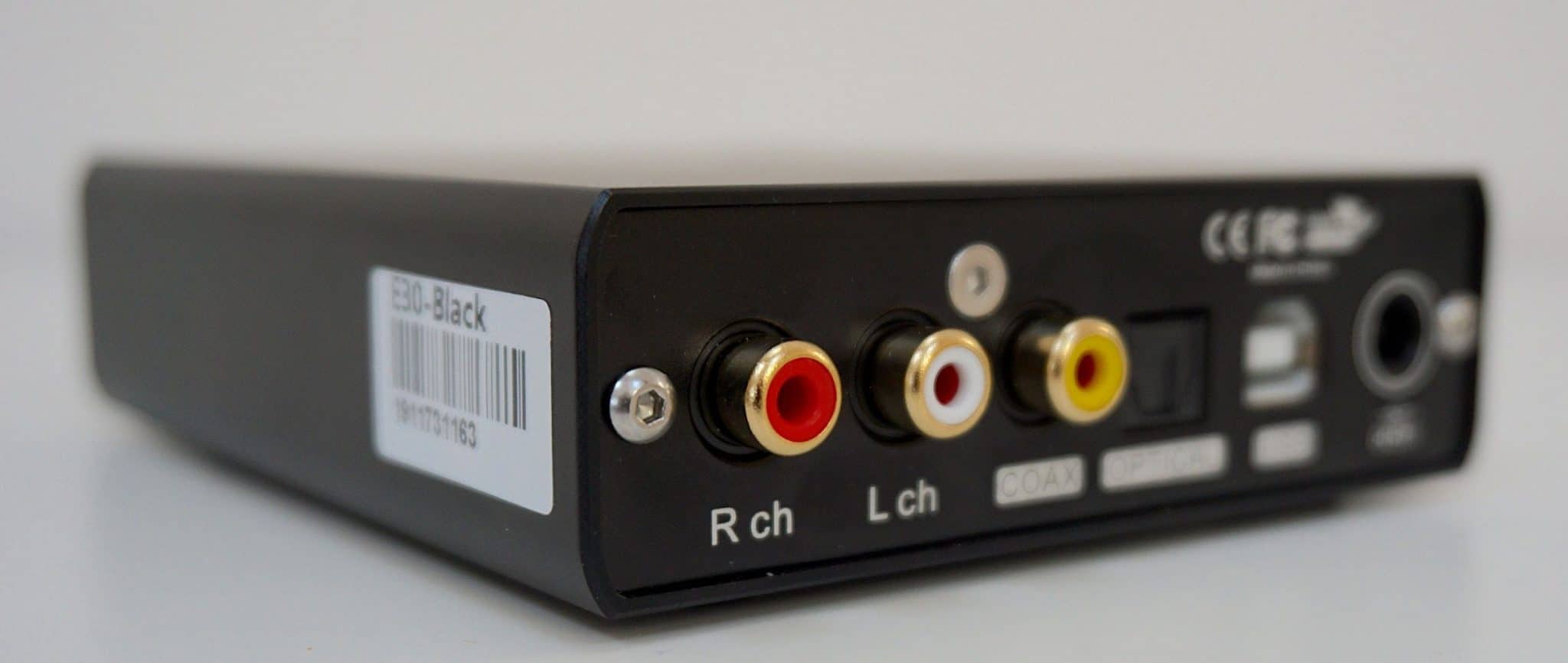
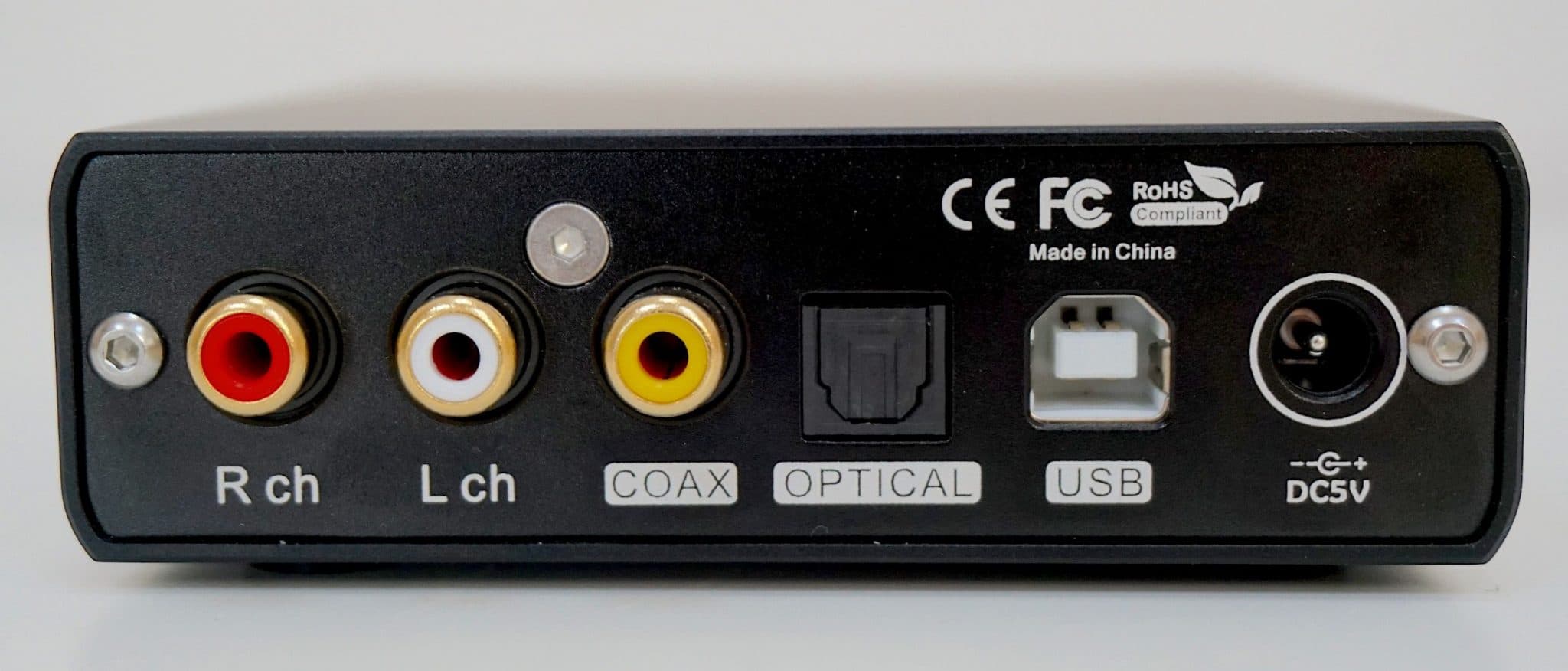
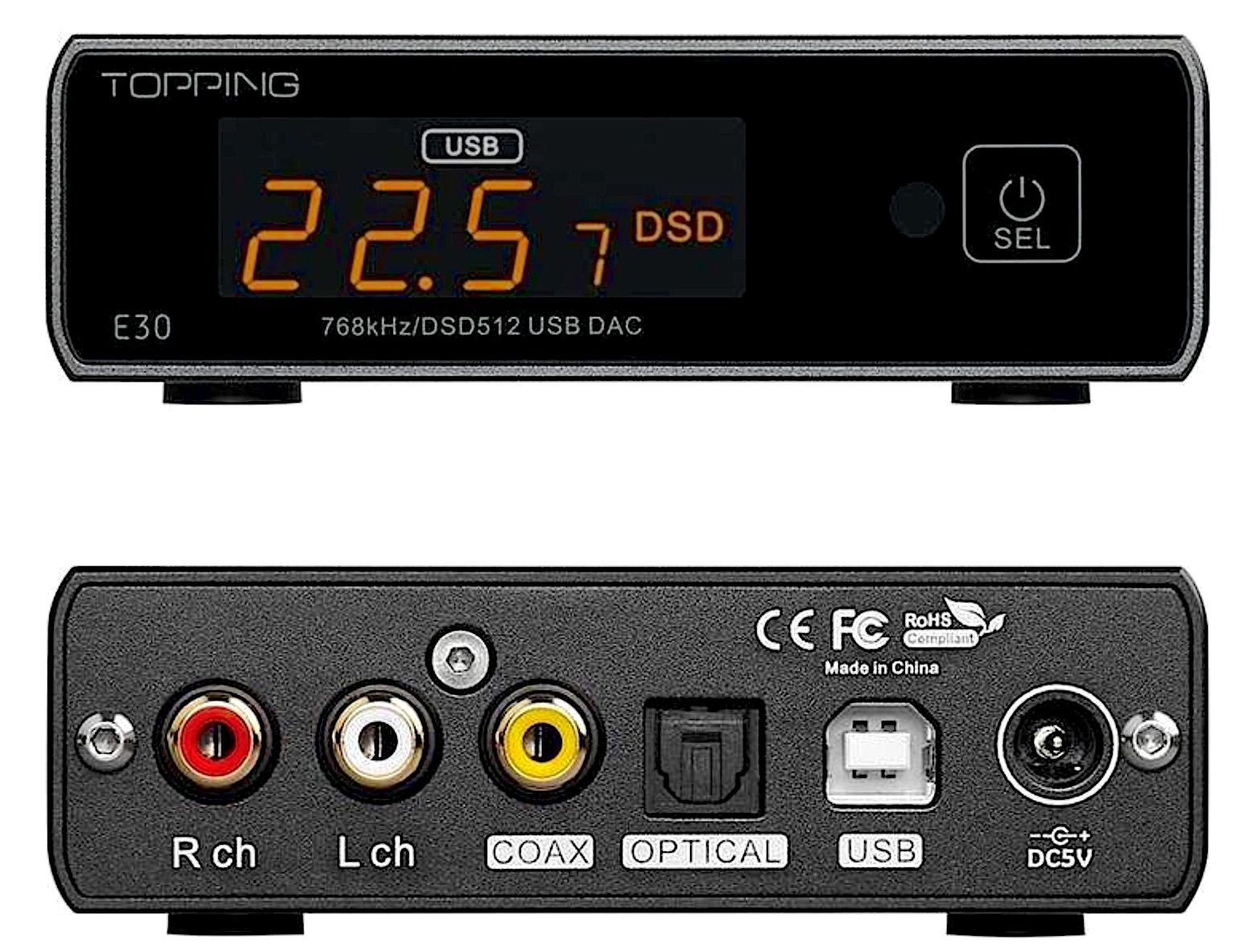

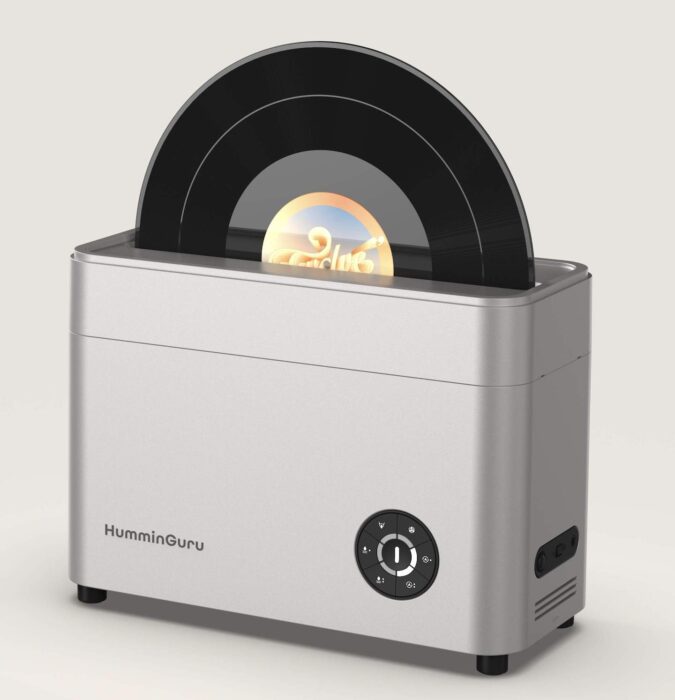
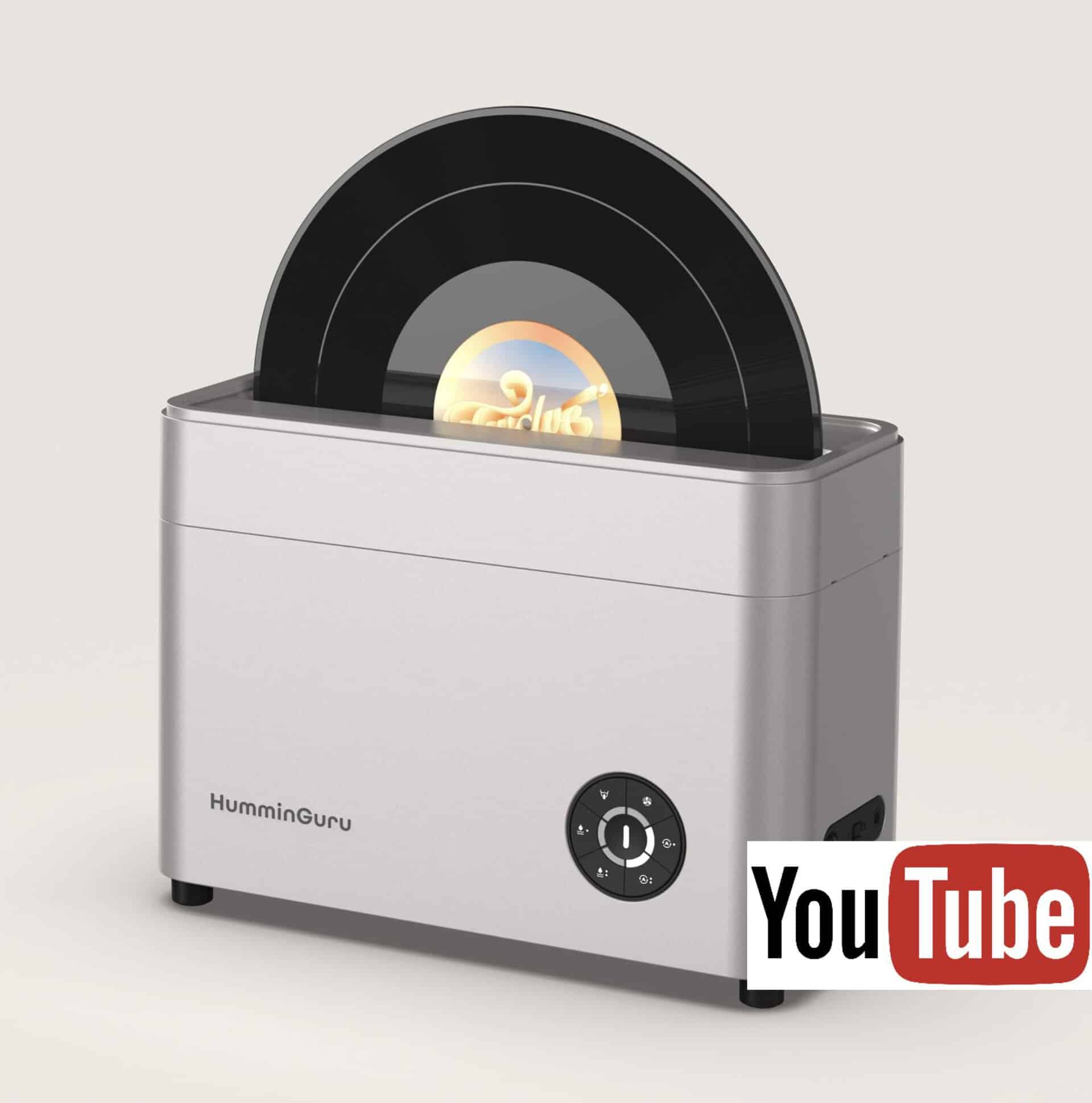
Hi Paul – I purchased the E30 and Audiolab 6000cdt expecting great things. It never happened. The Audiolab is ok I guess but I hate the letter box CD entry. From my vast CD collection 90% are CD Clones good quality 1 to 1 WAV copies and sound great in the car, on my PC and when played through my old Arcam Alpha integrated CD player But with the E30 & Audiolab combo they sound awful. The sound is a bit fuzzy and distorted with too much treble and too much bass boom which makes for a very unpleasant listening experience. Connecting my Arcam to the E30 did not fare much better either. I used the £100 chord digital coax cable and some chord c-line rca cables which were too bright and made my ears ring. Swapped them for QED performance graphite which toned down the trebley sound but still sound very boomy bass. I guess the E30 is the problem and is not as good or as compatible when playing CD clones as a result I sent both back for a refund. Any ideas Paul as to where it all went so horribly wrong ?
Can you list the rest of your system, please Richard?
Hi Paul
Just to reiterate original cd’s sounded good but not the CD clones. I tried all the filters but the bass boom persisted on the cd rips. Equipment consists of Audiolab 8000a (with tone controls) Linn k20 speaker cables, Celestion 5 series speakers (28 years old). If the problems could be solved and the Cd rips sounded as good as original Cd’s I would be more than happy to repurchase the Audiolab 6000cdt. But the Topping E30 ? hmmm! Unless the unit is defective? However other reviews I have read on various forums have mentioned about a deeper Bass and occasional rumble
Do you use your tone controls? Also, if the issue lies with the ripped CDs then the indication is that the ripping process might be the source of the issue. Are you playing your ripped CDs or just the files? You may be hearing the difference between a silver CD and a CD-R. I certainly do. I dislike CD-R based music intensely.
Finally, the improved equipment might just be revealing the truth. Sometimes equipment upgrades can reveal issues elsewhere in your system. Issues that are not to be heard in a compromised environment like your car or a substandard source like a PC.
Use the filters
I DID USE THE FILTERS!
Hi paul
I conect bluesond 2i to modi 3 and with rca to the integrated
The sound is much better,its unbelievable
Thank you ☺️
In my system, I have the e30 (still working on burning in). I am currently using the Amazon HD 3 month free trial. My history with music/sound is limited to LPs, tapes and CDs. The jargon is something I am catching up on. Now I have decent floor speakers, I am learning the word “sound stage” Now my question is, most of my collection has been ripped to FLAC. So I can play that through the E30 and my stereo. My question is, my CDP is an older Cambridge Audio with dual Wolfson DAC. Should I route the RCA to pre-amp, or an optical to the E30 and back into the system? Would I get better music/sound from the CDP or the E30.
Hi Brian, what’s the model number of the Cambridge please?
Hi, it is a 641c V2. It has the dual Wolfson WM8740 (AFAIK)
B
Hey Paul, just checked the front cover. And it says 640C not 641.
B
Hi Brian – I would run a coax cable from the Cambridge’s coax socket to the E30. Then a pair of RCAs from the E30 to your main amp.
WOW, Paul you’re the man. I just got the Coax cable yesterday. I want to thank you, it was surely the right decision.
B
Thanks Brian!
I recently started using the E30 and I’ve found that the filters work best on a case by case basis rather than choosing one filter and sticking with it. When I play a CD or a set of digital files, I go through the filters and choose the one that makes me feel like turning the music up instead of down and it varies on both the specific qualities of the recording and the type of music that is being played.
This is a particularly useful feature for me because I have a hearing disorder called Hyperacusis (sensitivity to sound) and I can’t listen to harsh vocals or fatiguing bass for more than a few minutes without getting ear pain. I feel like I’m able to tube roll at the press of a button!
I’m using the E30 with very rudimentary digital sources (an old Panasonic LCD TV with a couple of supermarket Blu-Ray players) and it excels at tweaking less than stellar recordings that my Cambridge AXC25 doesn’t like. My only regret is that I didn’t have the foresight to get the AXC35 as I didn’t envisage wanting to use a separate DAC at the time. As Homer Simpson says: “Doh!”.
Fascinating stuff, Simon. Thank you for sharing that and for showing us a new way to implement the filter tools.
Also a Hyperacusis sufferer here. I’m trying out the E30 to better control the harshness of the sound input.
Which filter modes do you find most suitable to lower Hyperacusis triggering?
As a side note, which speakers have you found the most “tolerable” for your ears?
Thanks!
Hello! I have recently obtained a Beyerdynamic TYGR 300 R and the L30/E30 stack. Powered the E30 with an iPhone 6 charger but basically used the cables provided in the box to connect to my PC. Is DAC mode the way to use it with headphones? I find that I cannot control the volume at all using the remote, whether PRE or DAC mode. I had my windows sound set to 100 and Spotify to max as well. I could only raise the volume using the knob on the L30, and halfway or 12 o’clock is the decent volume option for me. Is this normal?
Hi Anne – the L30, being the headphone amplifier bit, is the box that is designed to control your headphone’s volume and yes, your findings sound fine to me.
Hi Paul,
Can DAC attached to Sound Bar, to be specific, E30 to Sony HT ST 5000, Sound Bar. Is there any significant
imporovement on audio sound quality. Some people said, there is no way for any DAC to be used at sound bar.
Help you can advice me on this.
Cheers
Rosli – Malaysia.
Hi Rosli – you could possibly connect the E30 to the aux in socket on the Sony via a cable convertor and then run an optical from the E30 to your TV but I wonder if you’d get the sonic benefits you’re hoping for by doing that. For me, I wouldn’t go there. If you’re looking for a significant increase in sound quality for your TV set up, I would save and invest in a separate amp and speakers to run with your E30. A two-channel system (you don’t have to go surround) would sound great via the E30.